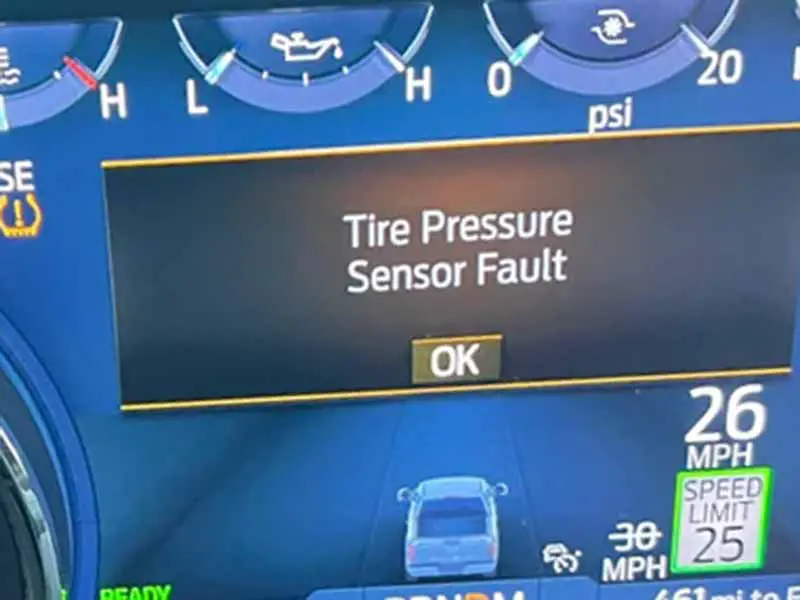Ever had that sudden pang of panic when your car’s dashboard flashes a warning you don’t quite understand? Trust me, you’re not alone. Your vehicle’s tire pressure monitoring system (TPMS) is crucial for your safety, but when it starts signaling a “tire pressure sensor fault,” the confusion can feel like an unexpected pothole on a smooth highway.
Tire Pressure Sensor Fault
A “tire pressure sensor fault” indicates that there’s an issue with the sensors in your tire pressure monitoring system. This could be due to several reasons, from a dead sensor battery to a damaged tire pressure sensor.
In this article, we’ll delve deep into the world of tire pressure sensors, explaining their significance, common issues, and tips on identifying which tire may have a problematic sensor, ensuring your journeys are smooth, safe, and well-informed.
Let’s take a closer look.
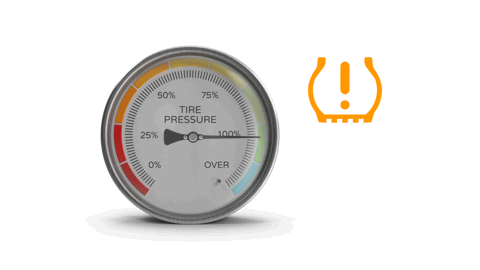
Understanding the TPMS Warning Light
Hey there, fellow road traveler! We’ve just dived into the world of tire pressure sensors, and now it’s time to decode the messages they send our way. You know that little icon on your dashboard that sometimes lights up? That’s the TPMS warning light. But what’s it trying to tell you? Buckle up, and let’s break it down.
Tire Pressure Sensor Warning Light
First, let’s get to know this light a little better:
- The Icon: Usually, it looks like a flat tire or an exclamation mark inside a tire shape. If you see it, it’s time to give those tires a look!
- Color Codes: While the symbol is pretty universal, the color might differ. If it’s yellow or orange, it’s a warning. But if it turns red, it’s a more urgent alert.
TPMS Warning Light Meaning
So, why does this light pop up? Here are the usual suspects:
- Low Tire Pressure: This is the most common reason. Cold weather, a puncture, or even a slow leak could be the culprits.
- System Malfunction: Sometimes, it’s not your tires—it’s the TPMS system itself that’s having a hiccup.
When the Warning Isn’t About Pressure
Hold up! What if your tires look just fine, but that pesky light won’t go off?
- Sensor Battery: Just like other battery-powered gadgets, the sensor battery might be running low or is dead.
- Environmental Factors: Extreme cold can cause tire pressure to drop, which might make the light pop up. Once the day warms up, and the tires do too, the pressure could return to normal.
- Damaged Sensors: Just like any other car part, sensors can get damaged, especially if you’ve recently hit a pothole or had some rough rides.
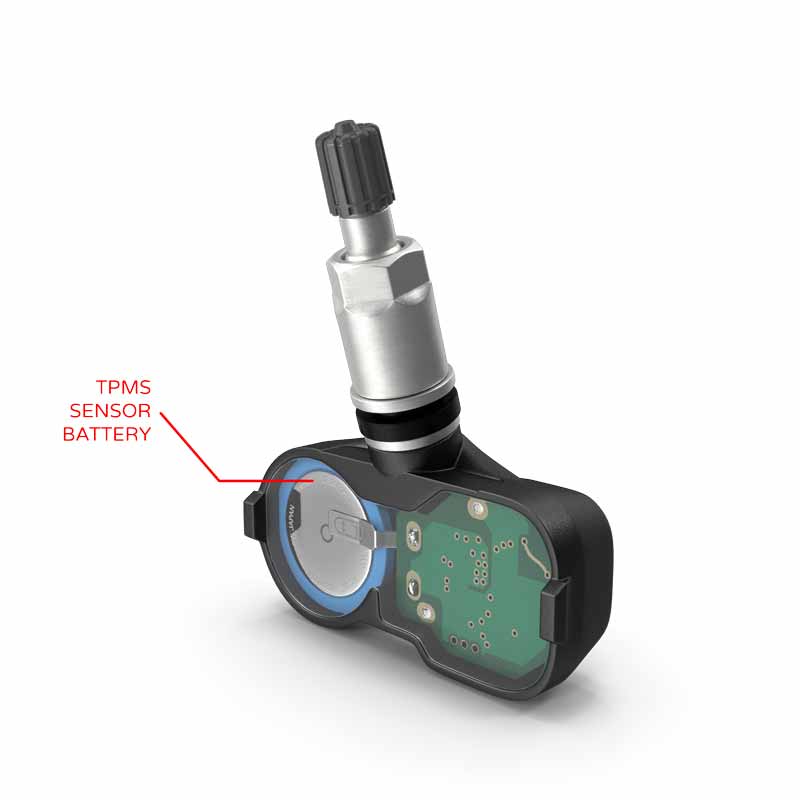
Causes of Tire Pressure Sensor Faults
Hey again! We’re on a roll (pun intended) with understanding our tire tech. But here’s the thing: like every hero, even our trusty tire pressure sensors can face challenges. When they’re not performing as expected, there’s usually a good reason. Let’s uncover the common culprits behind those tire pressure sensor faults.
The Most Common Suspect: Battery Woes
Let’s start with the biggie:
- Battery Lifespan: Just like your TV remote at home, these sensors run on batteries. Typically, a sensor’s battery lasts anywhere from 5 to 10 years. After that, it might start to fade and eventually die.
- Warning Signs: If your TPMS light is going off, but your tire pressure is spot on, a dying battery could be the culprit.
Rough Rides and Damages
Life’s not always a smooth ride, and your sensors feel it too:
- Bumps and Potholes: Ever hit a pothole and cringed? Well, your tire pressure sensors felt that too! Big jolts can potentially damage them.
- Accidents and Collisions: Even minor fender benders can cause unseen damages to your TPMS system.
Those Pesky Manufacturer Defects
Although rare, sometimes it’s not you, it’s them:
- Faulty TPMS Sensor: Occasionally, a sensor can come out of the factory with a little defect. It’s no one’s fault; it just happens!
- Recalls and Warranties: If you suspect a defect, check if there are any recalls or warranties that cover your TPMS system.
Mother Nature’s Mood Swings
Weather can play a surprising role:
- Extreme Temperatures: Super cold mornings or scorching hot days can temporarily mess with your tire pressure and, in turn, trigger your sensors.
- Changes in Altitude: Driving up a mountain or down into a valley? Changes in altitude can impact air pressure, giving your sensors a mini workout.
System Misbehaviors
Sometimes, it’s the broader system that’s off-kilter:
- Outdated Software: Just like your phone needs updates, so might your TPMS system. Outdated software could lead to false alarms.
- Sensor Miscommunication: Occasionally, sensors and the car’s computer might have a little miscommunication, leading to false warnings.
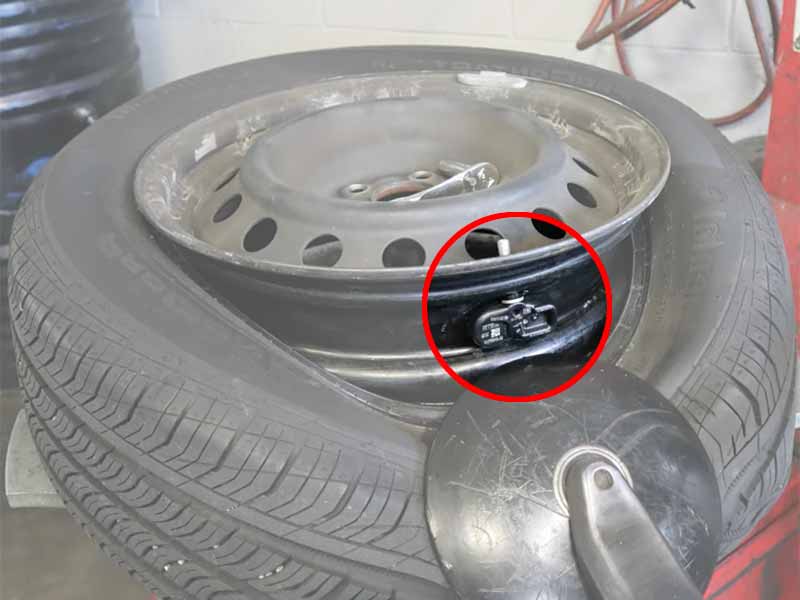
Where Are Tire Pressure Sensors Located?
Tire pressure sensors are not perched on the outside of your tires. Instead, they’re discreetly nestled inside, making them less prone to external damage.
Inside the Tire: Base of the Valve Stem
Most common spot:
- Valve Stem Position: In many vehicles, especially passenger cars and lighter trucks, the tire pressure sensor is integrated with the valve stem. So, when you’re inflating your tire, you’re actually pretty close to the sensor!
Inside the Tire: Band Style
Here’s another style:
- Strapped to the Wheel: Some tire pressure sensors are secured to the wheel using a band. They’re positioned opposite the valve stem, inside the tire, almost cradling the air within.
Why Inside? Benefits of the Position
Let’s chat about the ‘why’ for a sec:
- Protection: By placing them inside, sensors are shielded from direct impacts, dirt, water, and other potential external damage.
- Accurate Readings: Being inside the tire allows the sensor to provide more accurate pressure readings.
- Integrated Battery: These sensors usually come with an integrated battery. Being inside the tire protects the battery from extreme temperature fluctuations, which could affect its lifespan.
Things to Note
A couple of parting thoughts:
- Changing Tires or Valve Stems: If you’re getting new tires or replacing a valve stem, always inform the mechanic about the sensors. We wouldn’t want to damage these crucial little components accidentally.
- Special Equipment: Because they’re inside the tire, specialized equipment is needed if they have to be replaced or repaired.
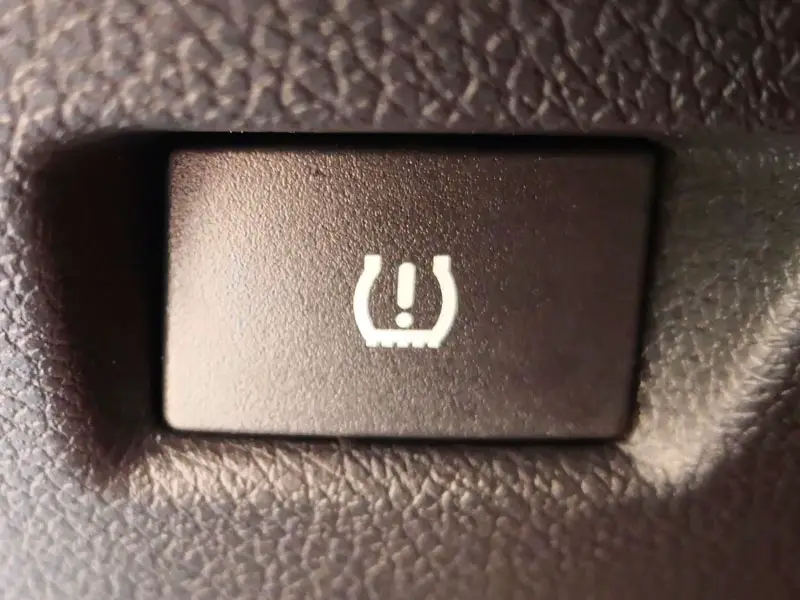
Resetting and Fixing the TPMS System
Now that we’re well-acquainted with the symptoms and signs of a tire pressure sensor fault, let’s equip you with some handy solutions to get that TPMS system back on track.
Resetting: The First Step
Sometimes, all your TPMS needs is a little reset to get back into the groove:
- Manual Reset: Many cars come with a TPMS reset button. It’s usually located under the steering wheel. Give it a press, and voila!
- Drive Around: In some vehicles, simply driving around for a bit after inflating your tires can reset the system.
When It’s Not the Pressure
Sometimes, the issue isn’t with the tire pressure at all:
- Software Updates: Just like getting the latest app version, sometimes your TPMS system might need a software update. Your local mechanic or dealership can help with this.
- Reprogramming Sensors: If your sensors and your car’s computer aren’t seeing eye-to-eye, they might need some reprogramming. A quick visit to a professional can sort this out.
Damaged Sensor? Here’s the Plan:
Life happens, and sometimes that means a damaged sensor:
- Professional Inspection: If you suspect a damaged sensor (maybe from that nasty pothole last week), it’s best to have a pro check it out.
- Replacement: If a sensor is indeed damaged, you’ll need to replace it. The good news? They’re not too pricey and can be swapped out relatively easily at your local tire shop.
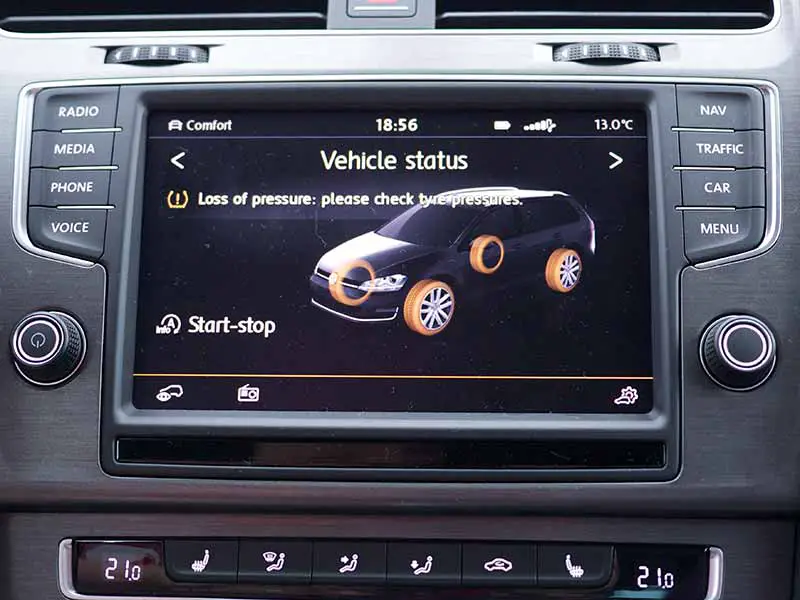
Which Tire Has a Faulty Tire Pressure Sensor?
So, which tire pressure sensor is acting up when your tire pressure light starts flashing? Let’s identify that pesky problematic TPMS sensor.
Start with the Obvious: Your Dashboard
Sometimes, your vehicle does the work for you:
- Individual Readouts: Some modern cars display the pressure of each tire individually on the dashboard or infotainment screen. If one’s flagged, you’ve found your culprit!
- System Notifications: Some vehicles might not give individual readouts but will indicate which tire (front right, rear left, etc.) is the offender.
Manual Inspection: A Quick Walkaround
A visual check can be surprisingly revealing:
- Look for Differences: A tire that looks visibly lower than the others could be the one triggering the alert.
- Check for External Damage: While you’re at it, ensure there’s no evident damage, like nails or sharp objects, that could have caused a pressure drop.
Trusty Tire Pressure Gauge to the Rescue
Old school, but gold:
- Systematic Check: Measure the air pressure in each tire using a handheld tire pressure gauge.
- Compare with Recommended Levels: Your vehicle manual or the sticker on the driver-side door jamb will tell you the recommended pressure. See which tire doesn’t match up.
Reset and Monitor
If you’re still not sure:
- Reset the TPMS: Check your vehicle manual on how to do this. Usually, it involves a button on the dash or through the infotainment settings.
- Monitor After Reset: Drive around for a bit. If the TPMS warning returns, the sensor might be faulty, not the pressure itself.
Swap and Observe: A Pro Trick
If you’ve got time and a bit of know-how:
- Rotate Tires: Swap the tires around. For instance, move the front left to the rear right.
- Monitor the Alert: If the TPMS warning shifts to the new location of the previously flagged tire, then the issue is likely with the tire or sensor, not the original position.
When in Doubt, Consult the Pros
If all else fails:
- Visit a Mechanic or Tire Shop: They’ll have specialized tools to read TPMS signals and can quickly identify if a particular sensor is faulty.
Resources
Below are some links you may find helpful when learning about tires
- TPMS light on? What it means and what you need to do – Bridgestone
- Tire pressure sensor fault – Meaning & 4 common causes – Mechanics Base
Final Thoughts
Navigating the intricacies of your vehicle’s tire pressure monitoring system (TPMS) and a tire pressure sensor fault can initially seem like a daunting task. Addressing faulty TPMS sensors is important to ensure your tires are inflated to the proper pressure for your safety and the efficiency of your vehicle.
Remember, a tire pressure sensor fault doesn’t just mean a possible puncture or a tire losing air; it could indicate issues ranging from a simple dead battery in the sensor to a more complex malfunction.
Routinely inspect your tires, and address any sensor faults promptly. By keeping a keen eye on the TPMS and understanding the nuances of potential issues, you’re not only ensuring a smoother ride but also proactively safeguarding your journey on the road.
Good luck and happy motoring.
